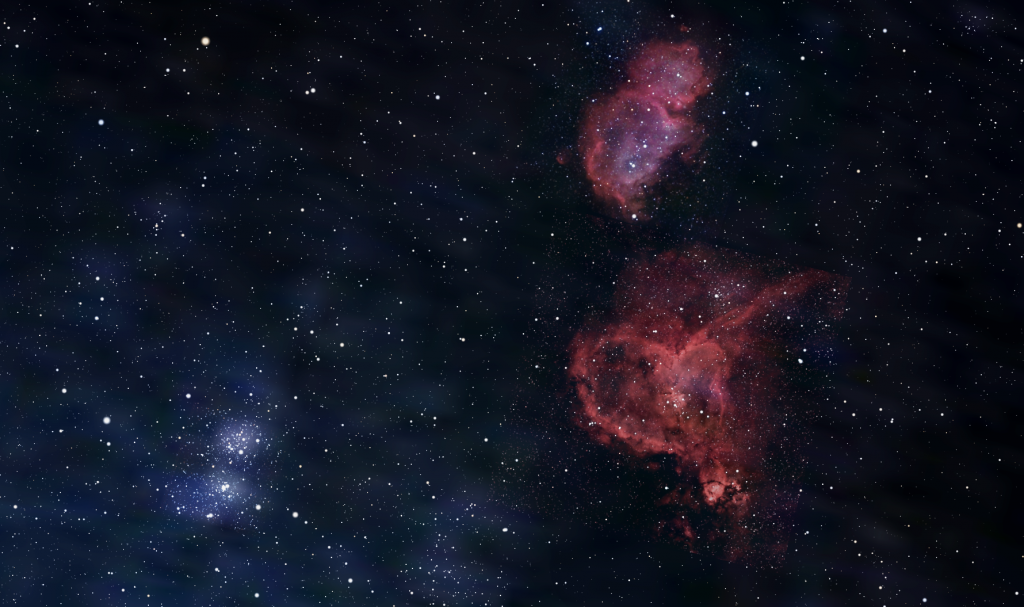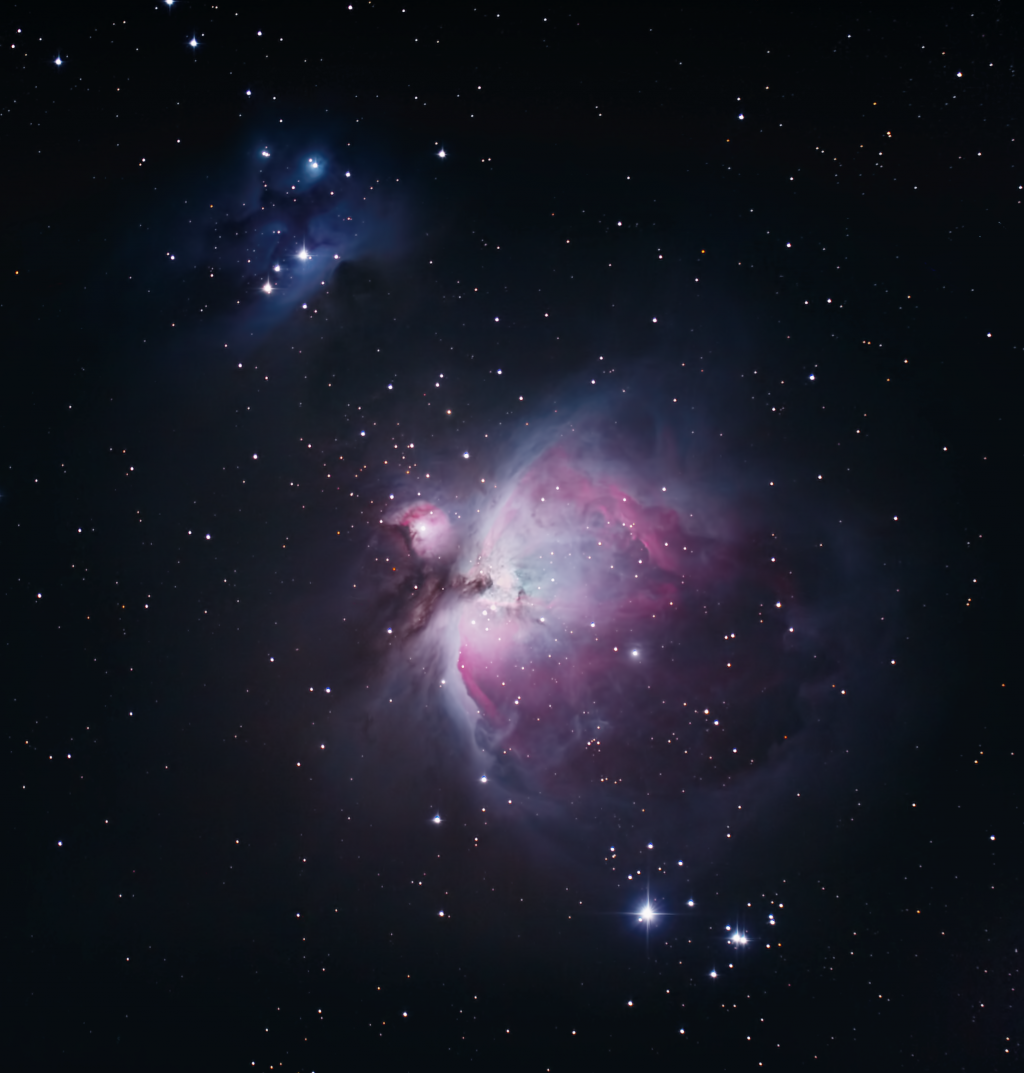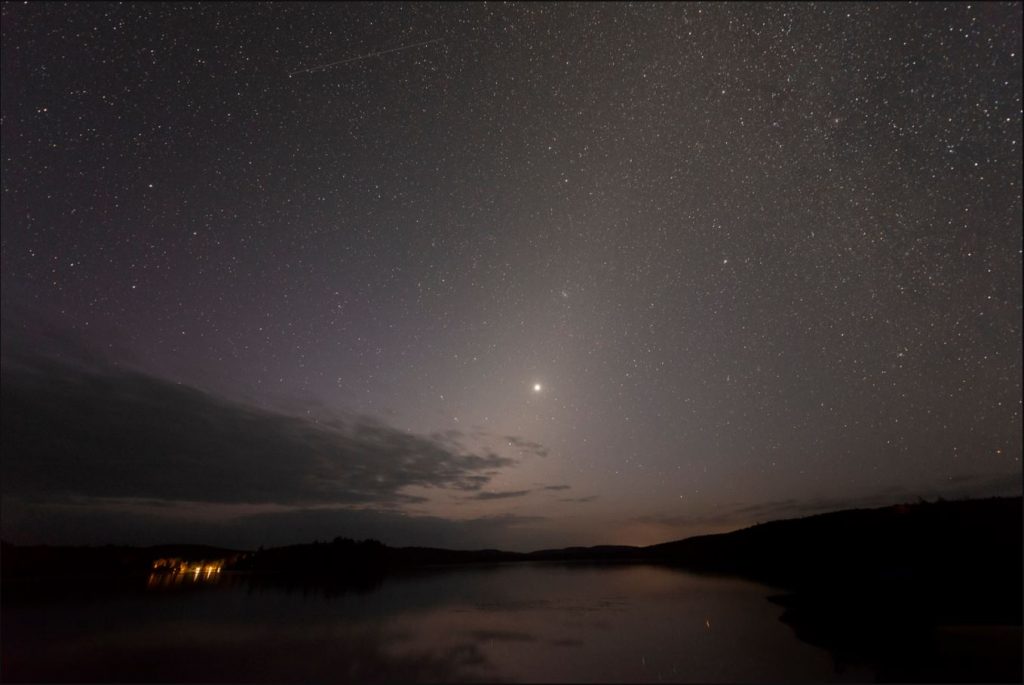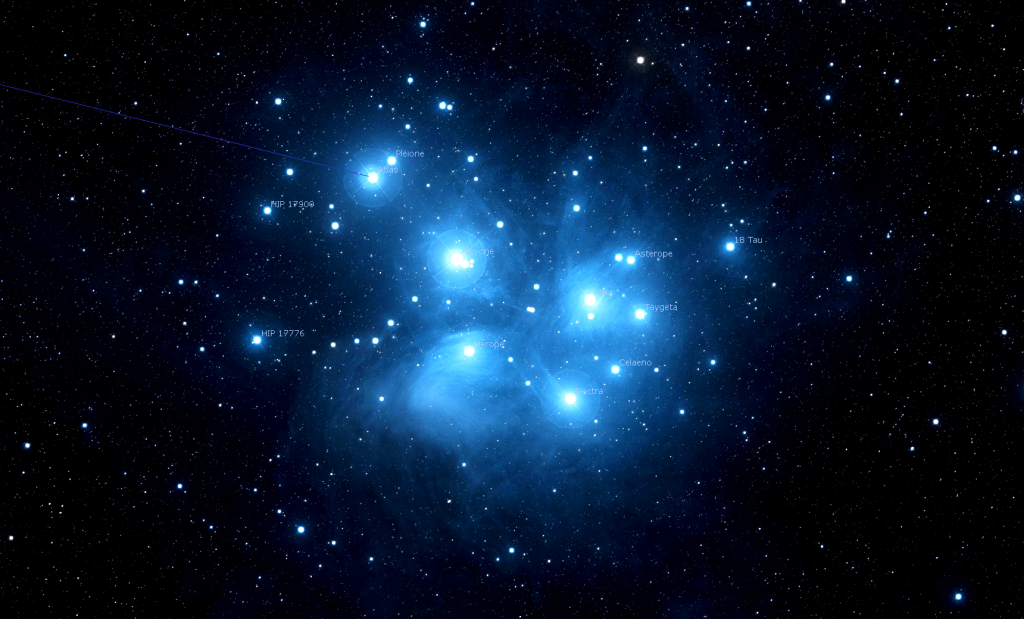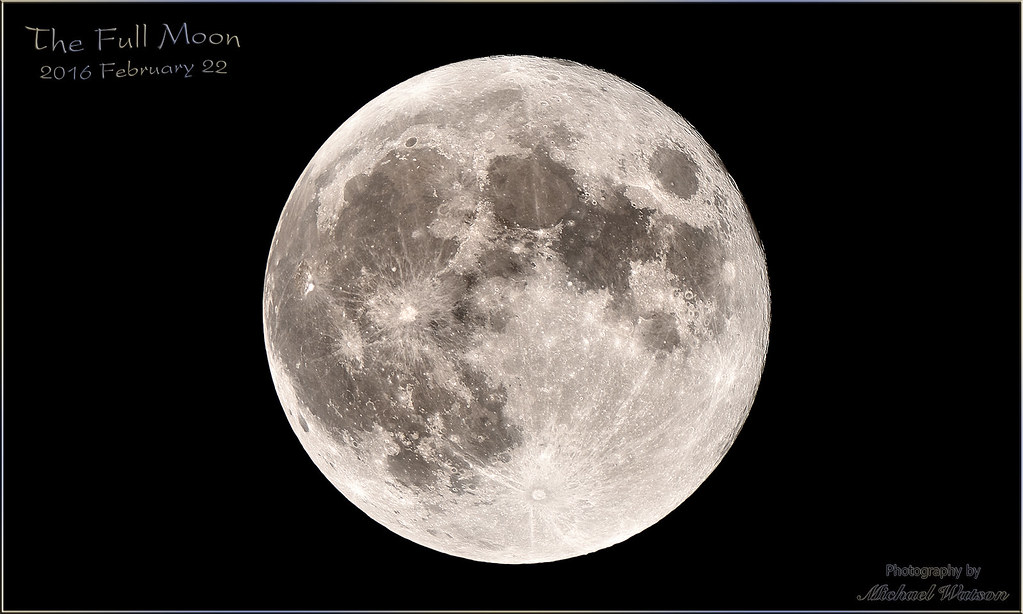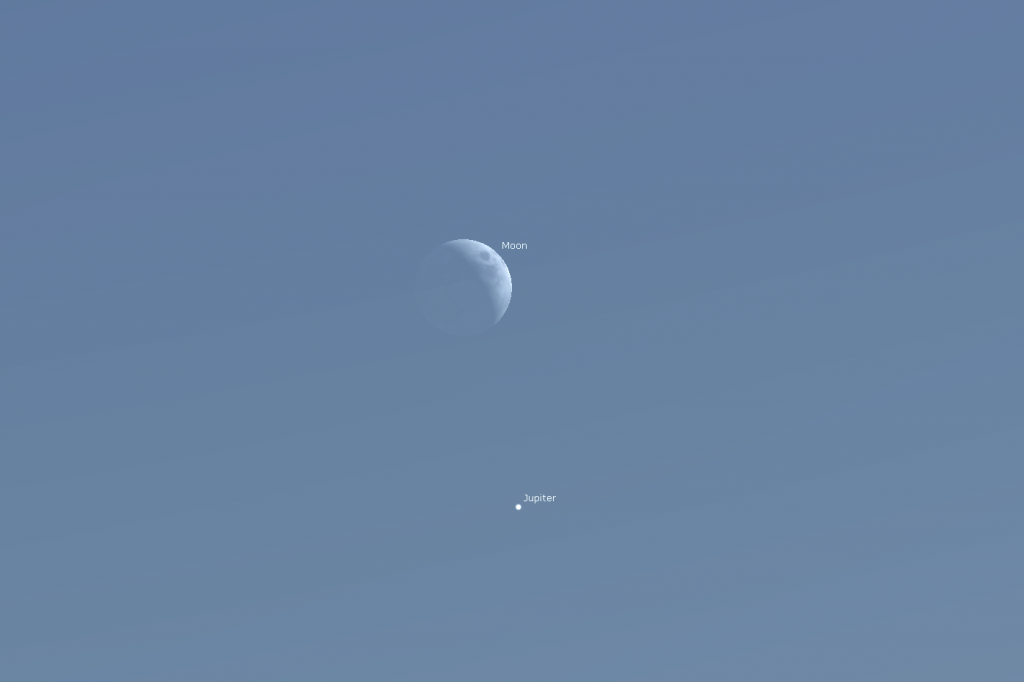An Old Moon Joins the Pre-dawn Planet Group, and Some Sweet Sights for Valentine’s Night!
This gorgeous patch of sky spans 6 by 11 degrees, or about a palm’s width by a fist’s diameter, held at arm’s length. The red nebulas at right are the Heart and Soul (IC 1805 and IC 1848) in Cassiopeia, 2500 light-years distant. The two bright star groups at left, in next-door Perseus, is collectively…
Read more
